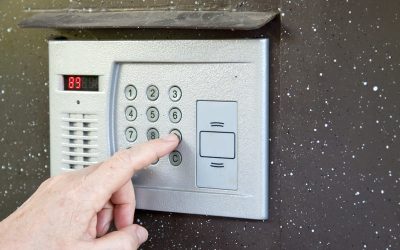Multi-channel performance is one area where many software-defined radio adapters have suffered over the years. Some specialists have gotten around this limitation by using cavity filters, which enable repeater technicians to utilize the same antennas to transmit and receive signals with the same antenna. However, this isn’t the kind of arrangement that most users of the microwave radio spectrum are going to want.
Designers of 802.11n interfaces aren’t going to want to put together the equivalent of FM translators with cavity filters, hence they’re investing in new miniaturized devices developed at a local laboratory. These devices leverage the power of semiconductor gates to offer upwards of four individual receive channels and just as many transmission channels over a band that stretches all the way from AM broadcasting up past the highest WiFi frequencies.
Perhaps the most amazing part of this device is that everything is included in one single ADRV9009 module, which helps to reduce the amount of electrical power it needs to keep running. Unlike larger devices that rely on a rectified power supply, it should be able to run off most direct current feeds. That’s excellent news for those who have nothing but a small battery to power their microwave-tuned equipment. In fact, that’s not too far off from how cellular telephony handsets function, which means most RF engineers won’t have to do too much work to get all of their schematics to converge on a single design.
Visit Epiq Solutions online to learn more about all of the features of the ADRV9009 semiconductor chip that powers these multi-channel transceivers.


